
It’s true that most shod humans are not currently adapted to walk or run barefoot on hard surfaces such as asphalt or concrete, but that doesn’t mean we don’t have the capacity to do so. Our feet are remarkably adaptable and can, with time and careful exposure, learn to tolerate a wide variety of surfaces—soft, hard, smooth, or bumpy—as long as the foot is strong and free of acquired, footwear-induced deformities.
A great example of humans who have adapted to hard surfaces are the rickshaw pullers of South and Southeast Asia. These are individuals who are often walking or running barefoot on hard and irregular surfaces while towing considerable weight. In his article entitled “Children’s Footwear: Launching Site for Adult Foot Ills” published in Podiatry Management magazine in 2002, renowned podiatrist and natural foot care advocate, Dr. William Rossi, says the following about barefooted rickshaw pullers:
A century ago, the rickshaw, which originated in Japan, was the common means of transportation in many Asian cities. In 1910, some 18,000 rickshaws and 27,000 rickshaw men were registered in Shanghai alone. The rickshaw men, most of whom began their occupations in their late teens, averaged 20-25 miles daily, trotting barefoot, mostly on cobbled or paved streets and roads. Many stayed at this occupation for 40 or 50 years. The feet and arches of almost all were healthy and exceptionally strong.
In the same context are the tens of thousands of workers who daily load and unload ships while working barefoot on the docks of such coastal cities as Singapore, Jakarta, Bombay, etc. They carry back loads as heavy as 50 and 60 pounds on their shoulders, walking barefoot on the thick planks. And rarely a foot or arch complaint.
The tenacious myth of the negative effects of unyielding ground surfaces is long overdue for burial.
Dr. Ray McClanahan, the inventor of Correct Toes, also tells the story of young children in Liberia, in West Africa, who regularly play soccer barefoot on the pebbly ground without issue. And Dr. Marty Hughes, co-founder of Natural Footgear, recounts his experience on the trekking trails of Nepal, where he witnessed barefooted mountain porters carrying exceptional loads over all kinds of surfaces, including long sections of boulders and scree. So, it’s clear that the human foot is indeed capable of safely tolerating a wide variety of surfaces, including harder surfaces, such as stone, asphalt, or concrete.
As it is, most minimalist shoes provide at least some level of protection for your foot’s sole. Though you may feel certain things (e.g. rocks, pebbles, roots, etc.) under your foot when wearing thin-soled footwear, it’s usually the sensation of pressure (tolerable) rather than pain or discomfort (intolerable). Wearing minimalist shoes also favorably shifts the way you walk or run, reducing the loading on your joints and tissues, which can make the overall impact forces associated with foot strike significantly lower. For more info about the effects of conventional vs. minimalist footwear on the body, please see our article entitled The Shoe Cushioning Myth.
Through our own personal experience (and through the experience of helping other people adapt to minimalist footwear), we’ve found that most humans do indeed have the capacity to walk or run on modern surfaces—surfaces that may or may not include variables such as rocks, roots, and cracks—once the foot and lower leg is sufficiently conditioned. For more on how you can safely and effectively transition to minimalist footwear and build strong, resilient, and healthy feet, please see our article entitled How to Transition to Minimalist Shoes.

WANT TO IMPROVE YOUR FOOT HEALTH?
Let the team at Natural Footgear help you! Subscribe to our newsletter for the latest offers and helpful info, and sign up for our FREE email courses on various topics and foot health conditions.
Sign Up →
Want to Improve Your Foot Health?
We are here to help you every step of the way. Get our newsletter for the latest offers and helpful info, and sign up for our FREE email courses on various topics and conditions, including bunions, hammertoes, neuromas, plantar fasciosis, shin splints, ingrown toenails, and more.
Sign Up →
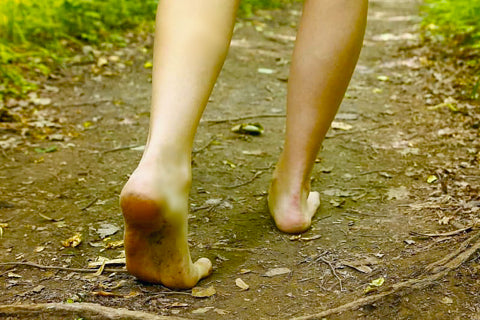 Barefoot walking is part of our natural foot health heritage. Our ancestors walked barefoot across a variety of terrain and in a variety of climatic conditions. Many people around the world still walk barefoot, or in minimalist footwear, without experiencing the kind of foot and toe issues—such as bunions, crooked toes, and neuromas—that plague many shoe-wearing individuals. So, is walking barefoot a good strategy for achieving optimal foot health? For...
Read more
Barefoot walking is part of our natural foot health heritage. Our ancestors walked barefoot across a variety of terrain and in a variety of climatic conditions. Many people around the world still walk barefoot, or in minimalist footwear, without experiencing the kind of foot and toe issues—such as bunions, crooked toes, and neuromas—that plague many shoe-wearing individuals. So, is walking barefoot a good strategy for achieving optimal foot health? For...
Read more



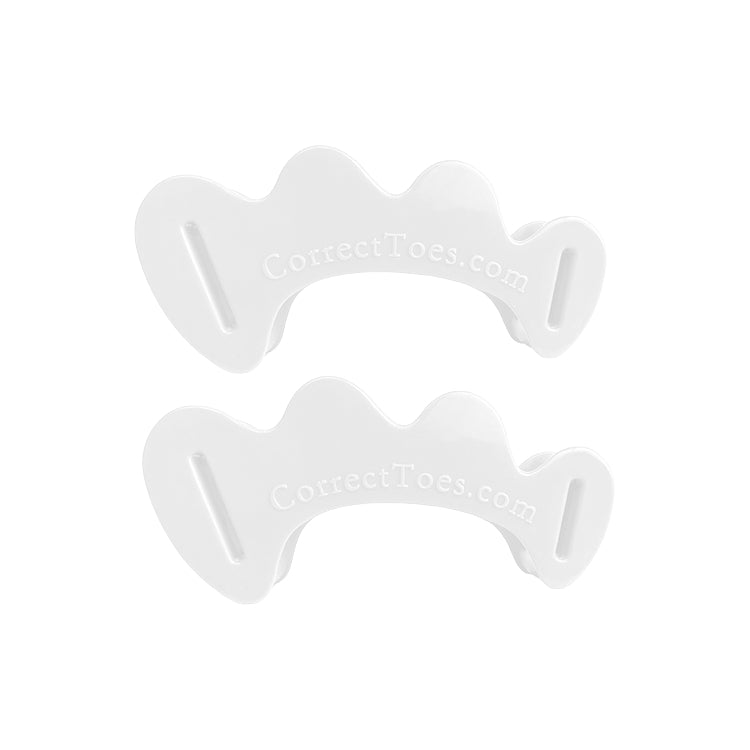
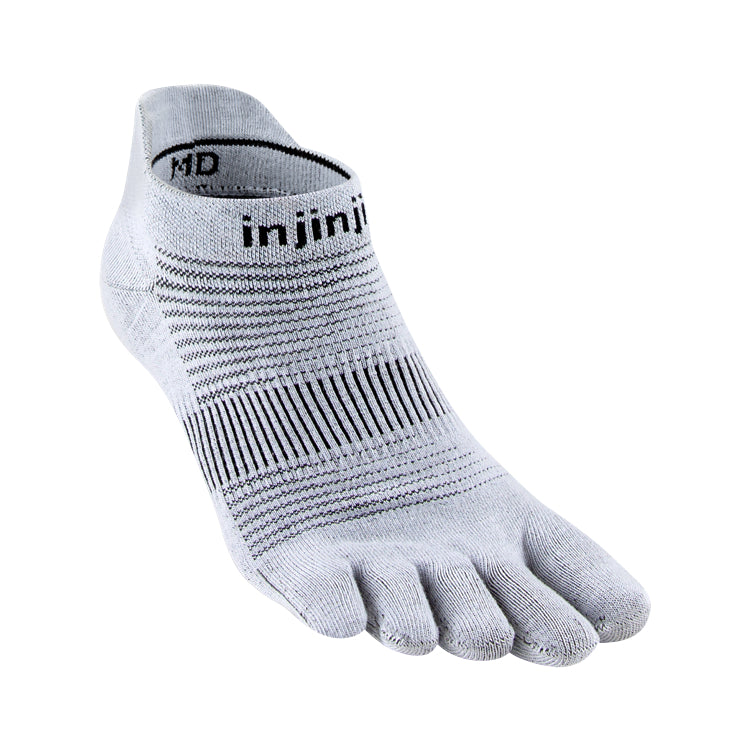
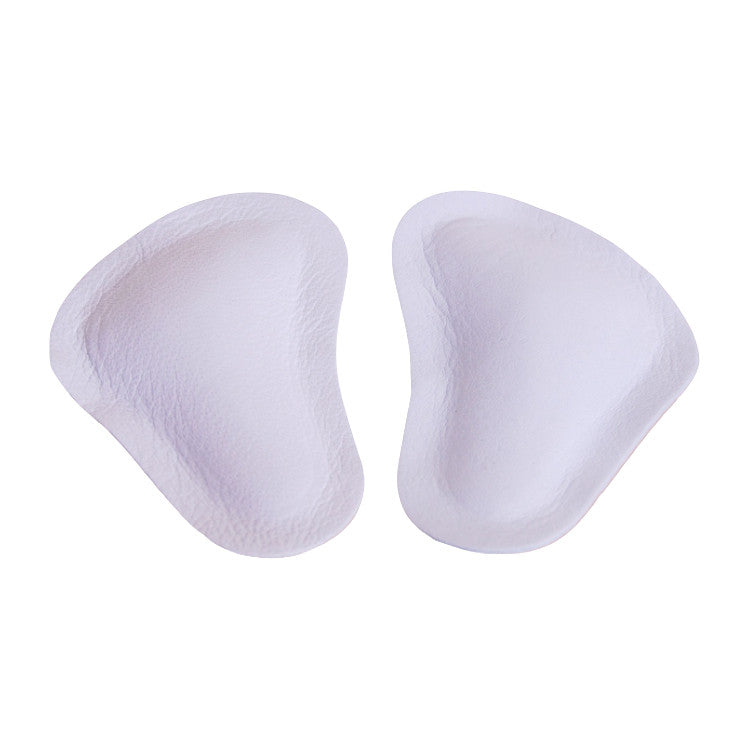
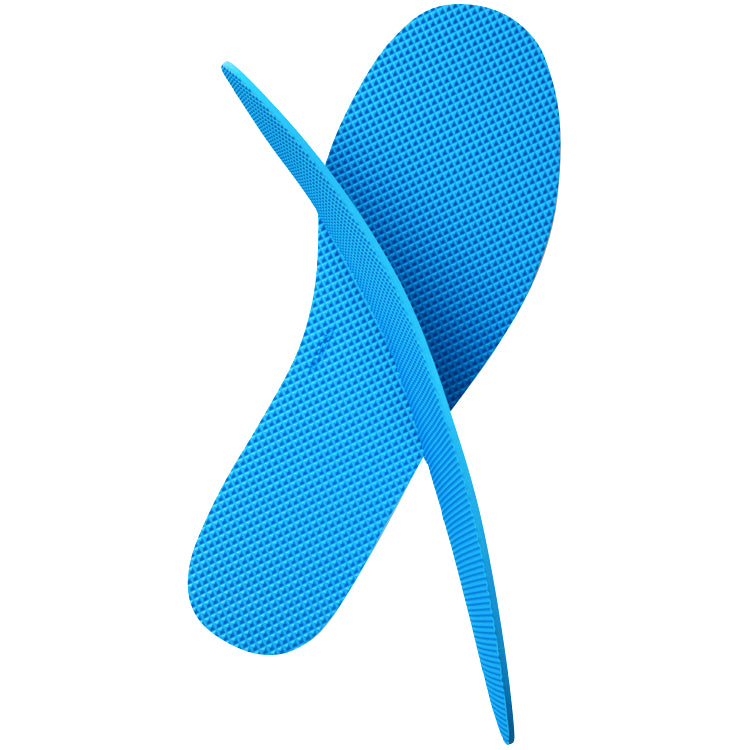
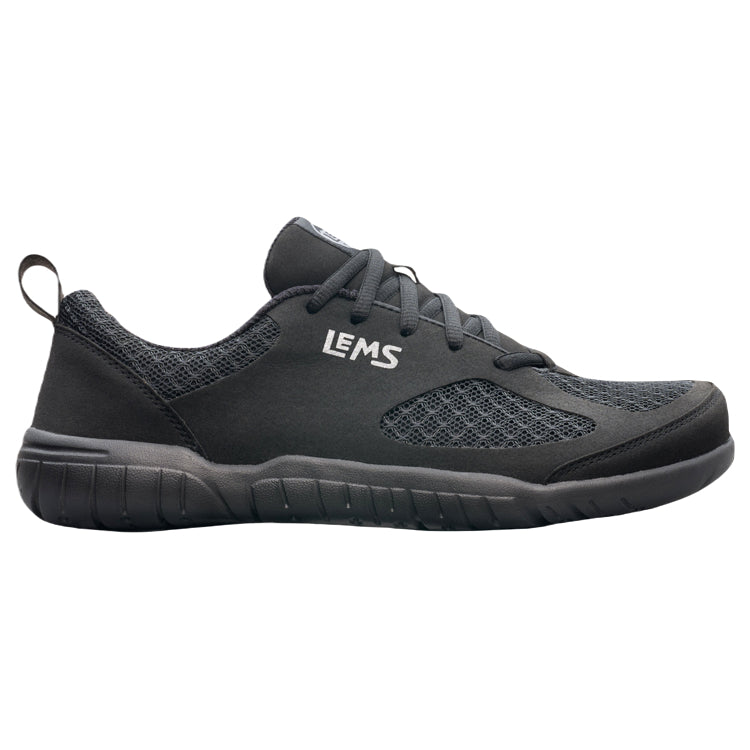
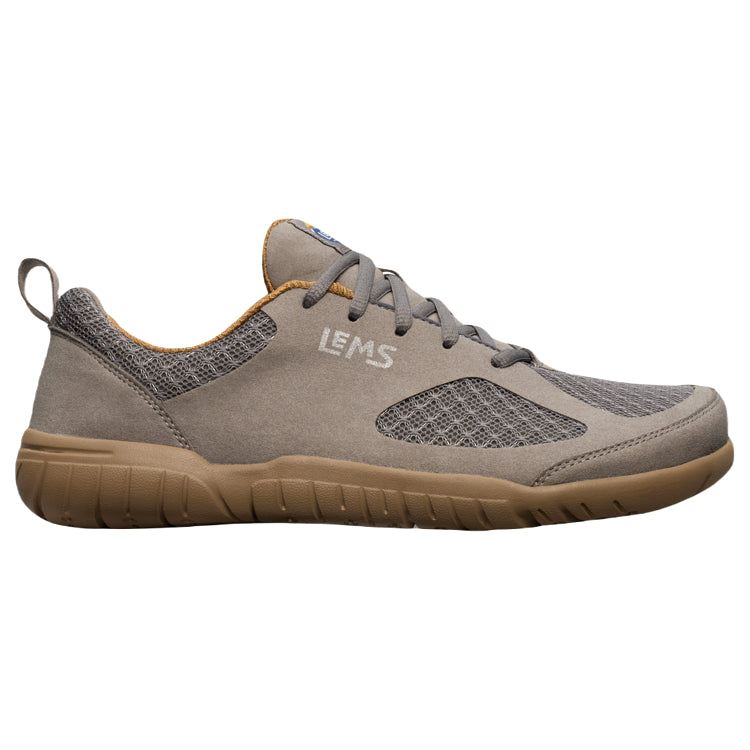
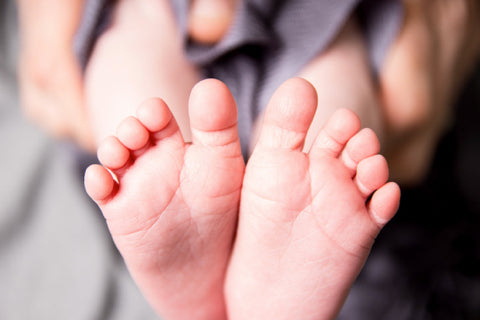
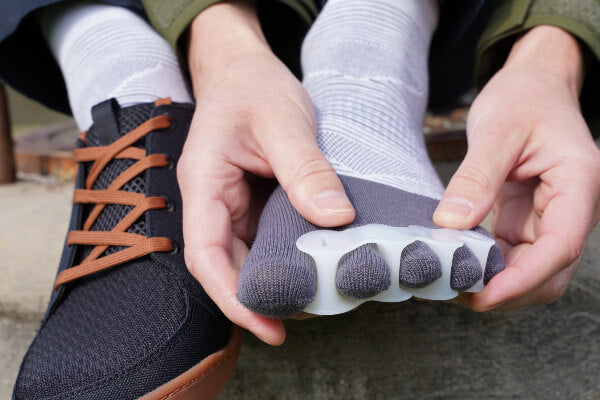
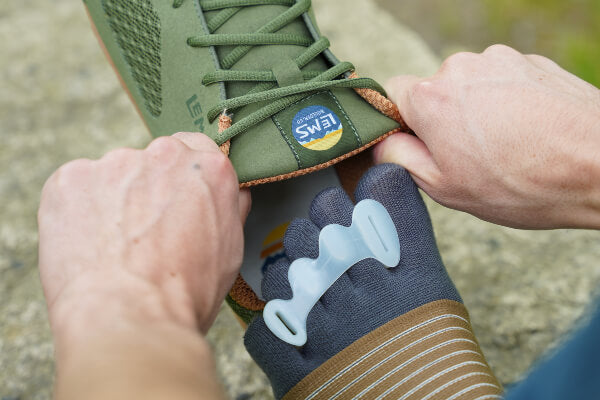
One thing this article does not take into account is the heat. Here in Florida, sand, concrete, and asphalt can get insanely hot. I recently went to the beach, and that soft sand looked so inviting, but after less than 10 steps, I was sure glad I had my sandals in my hand because I had to throw them down and immediately stand on them to keep from getting blisters.
That’s a very good point, SC! You’ll certainly want to exercise caution when walking barefoot on hot (or potentially hot) surfaces, such as the ones you mentioned. Having a pair of sandals or flip-flops at the ready is a good strategy to ensure optimal foot comfort.
Kind regards,
Robyn Hughes, ND
I’m an avid four-season hiker, mostly in New England. There are lots of rocks, roots, and above-tree-line exposed ledges, as well as ice and snow in winter. Vivobarefoot Trackers are my go-tos for the longer and more challenging hikes. My problem is that after these hikes, my feet feel battered. They’re especially sore after very rocky hikes and when I wear microspikes on hard, icy surfaces. If my boots had just a bit more padding, that would help, but I can’t find any with the same specs as the Vivos—flat, wide, and flexible—but with a bit thicker sole. Is there a way to help my feet adapt so they can absorb the impact of these surfaces and not hurt at the end of the hike?
Greetings, Kyle!
Many thanks for your comment and question. It sounds like your New England hikes are quite rugged! If you’re finding the Vivobarefoot Trackers too hard on your feet after long, rocky hikes, a slightly thicker sole or a bit more padding may indeed help. You might try adding a flat and cushioned insole for additional comfort. Another option is to focus on foot strengthening exercises and stretching to improve endurance and prevent soreness. Additionally, you could alternate with a zero-drop, wide toe box shoe that has a slightly thicker sole to give your feet a bit of rest while still maintaining natural movement.
Kind regards,
Robyn Hughes, ND